
Aha! :: Elliance Blog
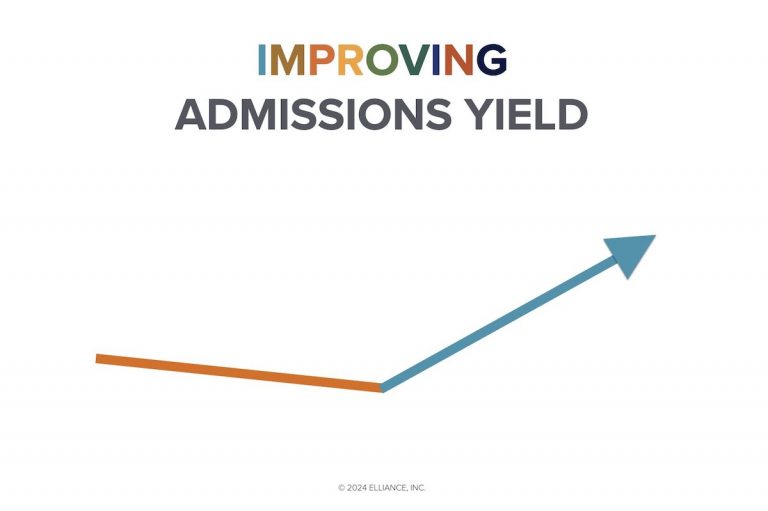
In today’s world, the college application is the new inquiry. Enrollment managers can’t expect admitted students to accept their offers and simply show up. They must continue to romance them until they show up on campus. Admitted student microsites represent just one of the tactics to guide students in this direction. Listed below are best […]
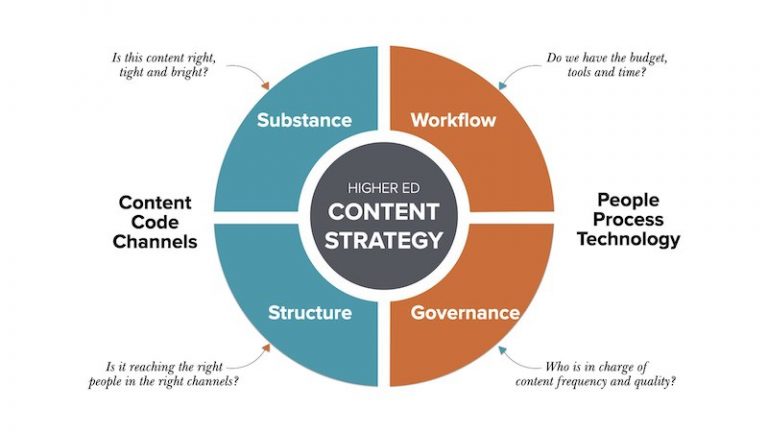
Great content is the lifeblood of successful brands. Most colleges work tirelessly to produce content, but few understand the steps to make it “productive” in service of realizing broader strategic enrollment, reputation, and advancement goals. Higher Education Content Marketing Strategy is founded on eight pillars. Vision & Goals Audiences Purpose Content Ecosystem Types of Content […]

This playbook, born out of 30 years of experience helping college and university enrollment officers, is designed to Increase and grow transfer student recruitment.
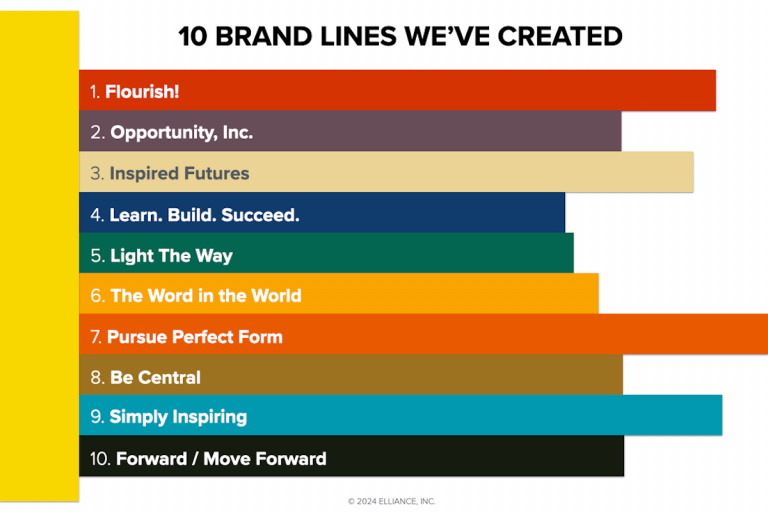
Reimagining the brand for colleges, universities and higher education institutions starts with teasing out the brand essence from the stories of the faculty, students, alumni and community you serve. Brand essence is often distilled down to a brand line or a tagline. Here is a sampling of few we’ve completed for some great clients. William […]
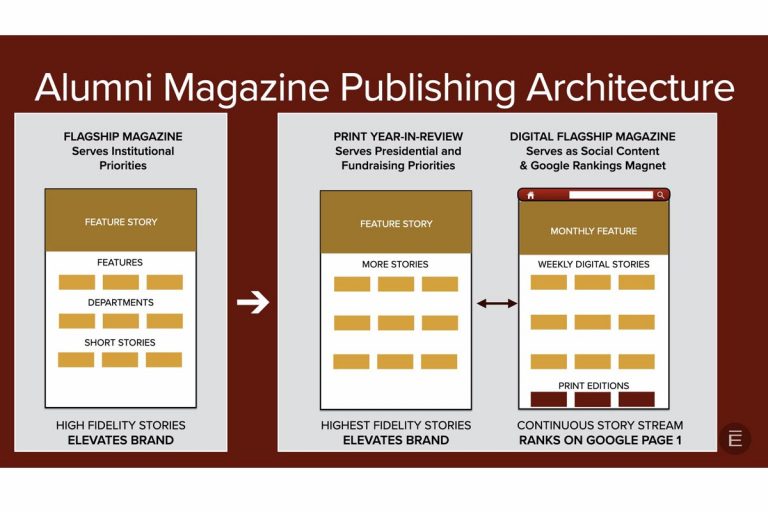
Three distinct eras mark the evolution of alumni magazines. Initially, they were printed and distributed to all living alumni and friends, but concerns over climate change and shifting alumni habits have led even the most prestigious brands to discontinue this practice. The second era saw the rise of digital magazines shared through platforms like ISSUU […]
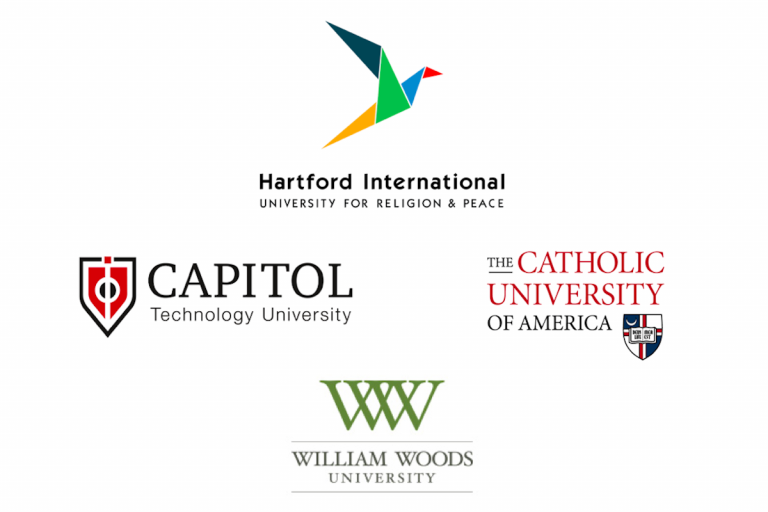
Higher education institutions occasionally turn to Elliance to revitalize their identity. Motivations vary: some want to shed an old skin and put on a new one, while others aim to sharpen their focus and distance themselves from their competitors; some simply seek to modernize their image to align with evolving market trends, and a few […]
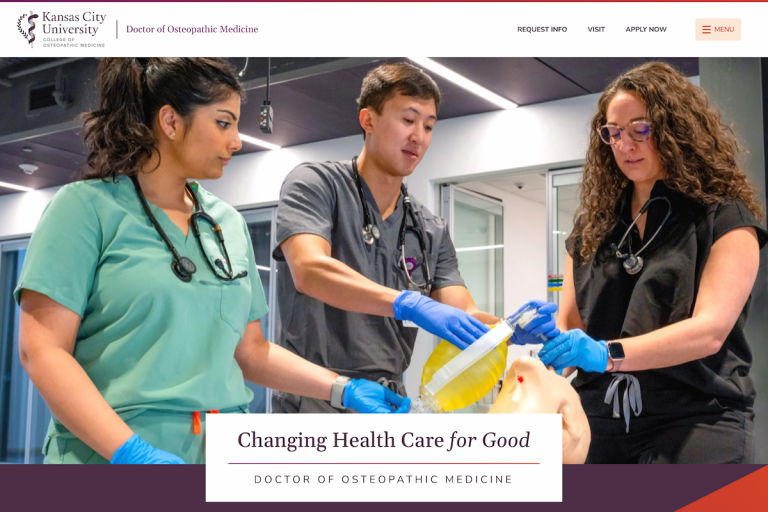
Kansas City University, one of the oldest osteopathic medical schools in the US, turned to Elliance, a website design and digital marketing agency, to bolster their leadership role in the industry and outsmart the competition.
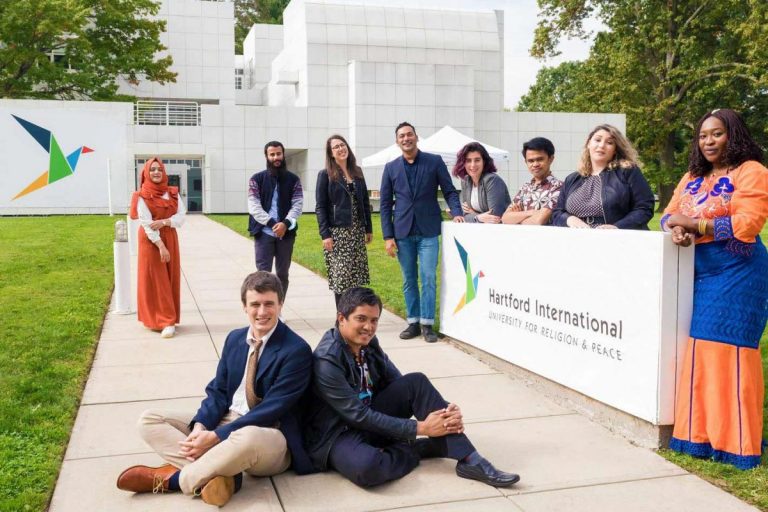
When crafting strategies for international student recruitment, we pay special attention to cultural sensitivities that may be at play. Here are three considerations to look out for when creating culturally sensitive communications.
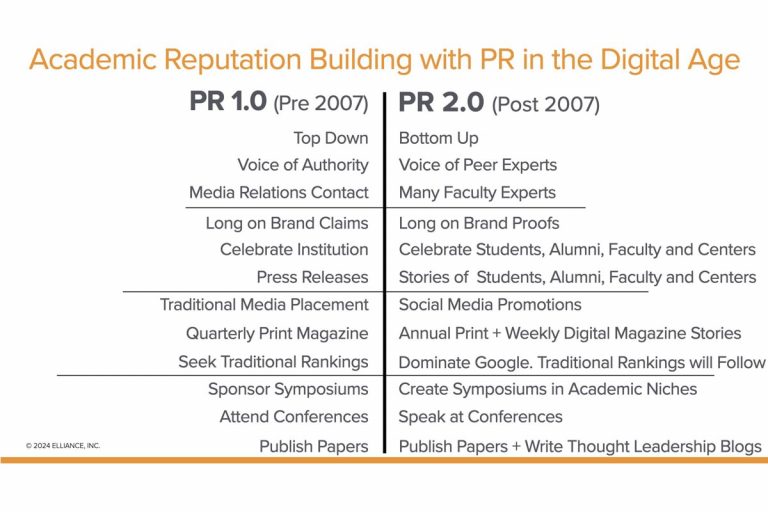
With mass adoption of smartphones and social media, traditional public relations, or PR 1.0, has evolved into PR 2.0. The traditional rules of PR for building reputation in key areas and conveying values have fallen to the way side, and a new paradigm has emerged. Instead of relying on media relations contacts as gatekeepers for […]
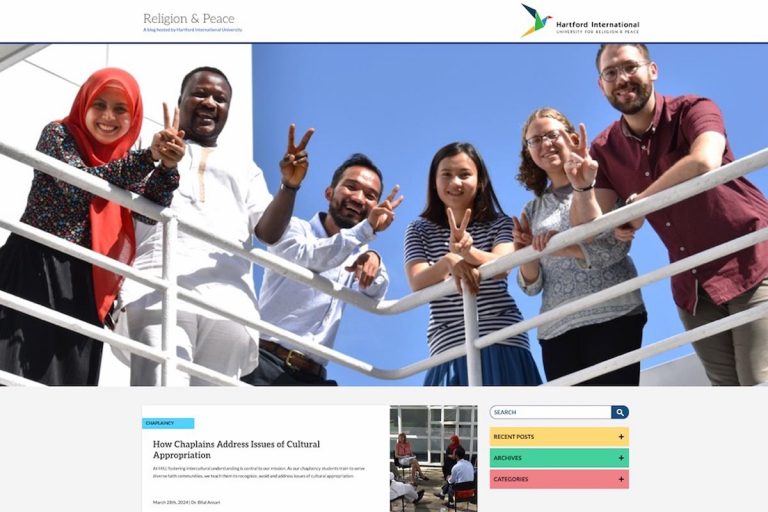
Elliance, a higher education inbound marketing agency, has worked with many colleges to increase visibility, traffic and reputation through top Google rankings for their blogs. Read more to find out how we have helped our clients.